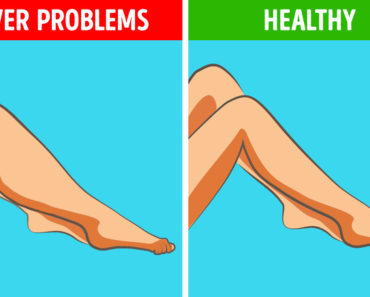Fourteen Days Quarantine To Stop The Spread Of Coronavirus

Fourteen days quarantine that’s the favorite refrain of health officials to stop the spread of the coronavirus. There have been a lot of COVID-19 cases in the City or region. Even if you feel perfectly fine — don’t leave your house. Coming from New York? Fourteen days quarantine. Arriving in Hawaii? fourteen-day quarantine. Been in Italy or China or Iran recently? Fourteen days quarantine.
“Fourteen days is not a made-up number here — it’s based on what we know so far about COVID-19, and over time we may see that number change as we learn more [about the virus].”
The 14-day rule is widespread because public health agencies around the world work together on these guidelines. In the U.S., the Centers for Disease Control and Prevention sets the quarantine period. Its counterpart organizations do so abroad, all in concert with the World Health Organization.
Virus’ Incubation Period
Once a virus infects someone — a host — it takes some time for the virus to make enough copies of itself. The host begins to shed the virus, through coughs or sneezes, for instance. (That’s the way the host helps the virus spread to other people — who are then new hosts.) This is the virus’ incubation period.
“The incubation period varies from virus to virus and sometimes from host to host,” says Rachel Graham. She’s a virologist at the University of North Carolina’s Gillings School of Global Public Health.
For the virus that causes COVID-19 — its official name is SARS-CoV-2. Researchers have found that the typical incubation period is about five days.

So that fourteen-day quarantine is being considered the outside “safety” margin, Graham says. This is to be certain you haven’t developed an infection that you could spread to others.
With two similar viruses, SARS and MERS, the incubation periods are a little shorter. Most people developing symptoms within 10 days. Those viruses also had a higher proportion of people experiencing more severe symptoms. Made it easier to define the end of the “safety” window.
Fourteen Days Quarantine Recommendations

Even if you don’t develop any coronavirus symptoms during the two-week quarantine period, you’re not totally off the hook when it ends, says Saskia Popescu, an infection prevention epidemiologist at the health care system HonorHealth in Phoenix.
It’ll be just as important to continue washing your hands frequently, cover your mouth when you cough, avoid touching your face and wipe down doorknobs and other surfaces frequently touched by many people — to help keep yourself and others healthy.
“If you’re using hand hygiene, [if] you’re still practicing social distancing and all those other infection control measures that are being encouraged right now, you’re going to help break that chain of infection,” she says. “Once you’re past that fourteen-day quarantine, you still want to engage in those practices — it’s not a free-for-all.”
Monitoring Your Symptoms
Someone under quarantine starts to develop symptoms — such as coughing or fever — that quarantine period will be longer. If that happens, Graham says, you should check with your health care provider or your local health department about when it is safe to emerge from home.
“They’re probably going to tell you that you’re going to have to start that 14-day count all over again because right now there’s not an efficient way to tell the difference between the coronavirus and another viral infection that causes similar symptoms without a test,” she says.
“Keep monitoring your symptoms — if they worsen, then you have to take additional steps,” such as seeking medical attention if you develop shortness of breath. Assuming your symptoms are mild enough that you can recover at home, you’ll continue to be in isolation for the duration of your illness and a few days after you feel well. Your doctor will guide you about when and how to seek a confirmatory test.
It’s helpful to understand the rationale behind these quarantine recommendations, says Wiley, because they’re likely to be part of the new American reality for many months to come, as virus hot spots move around the country.
“As we start to get a sense for where community transmission levels are high and where they’re low — in the areas where it’s low, there’s going to be a desire to return to some degree of normalcy,” Wiley says.









